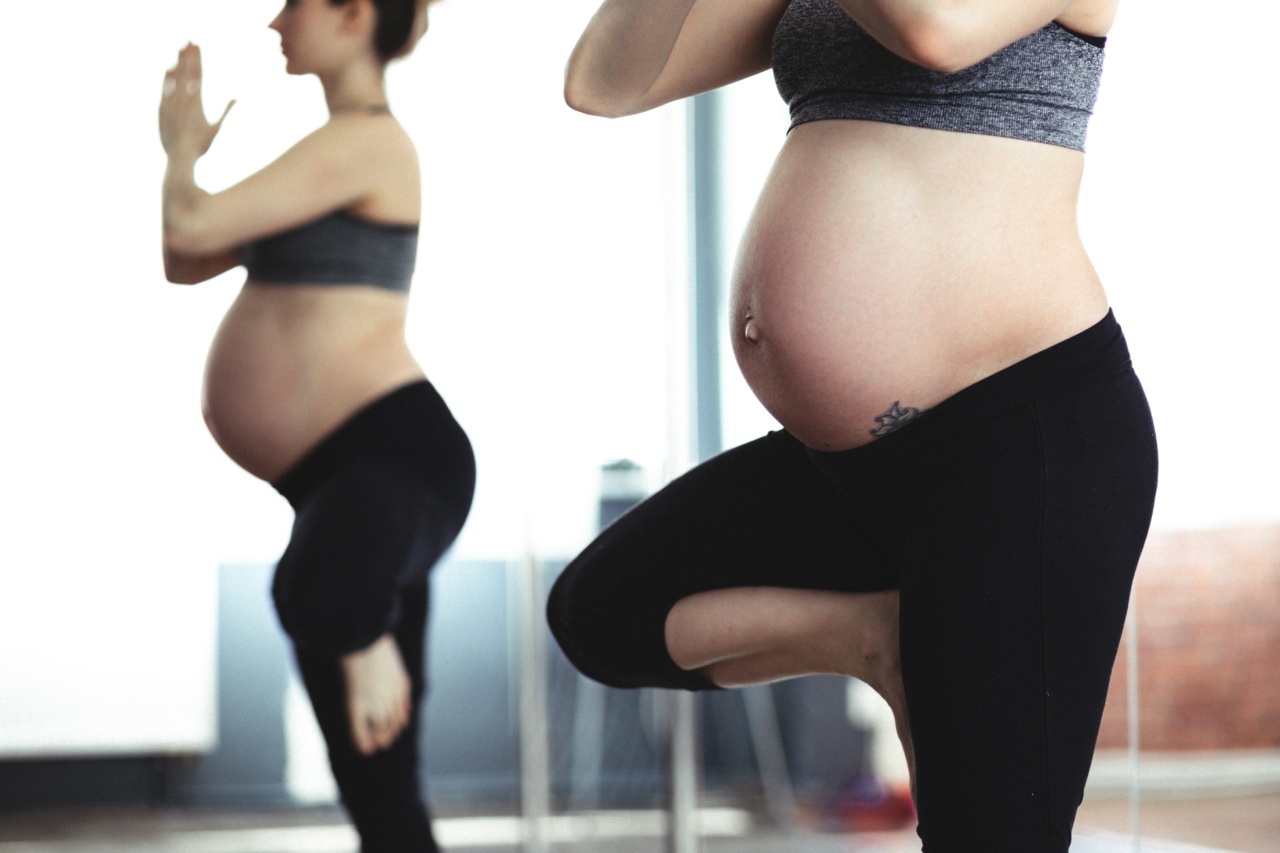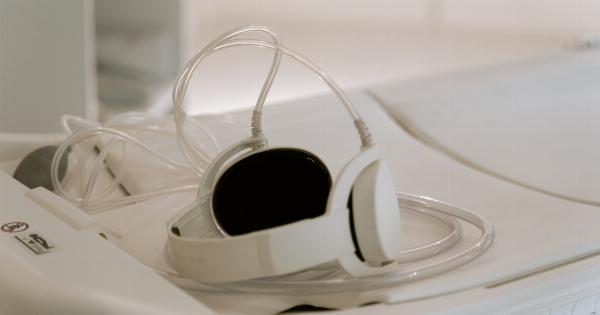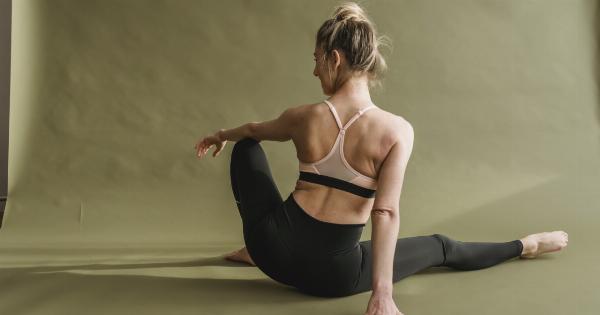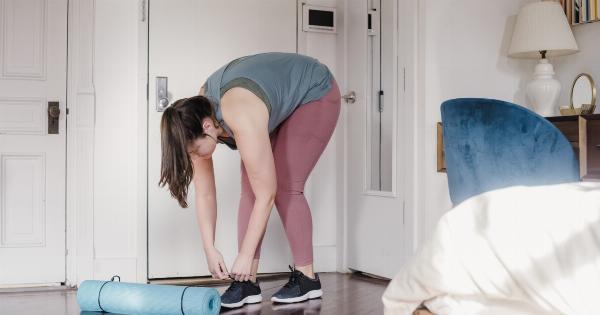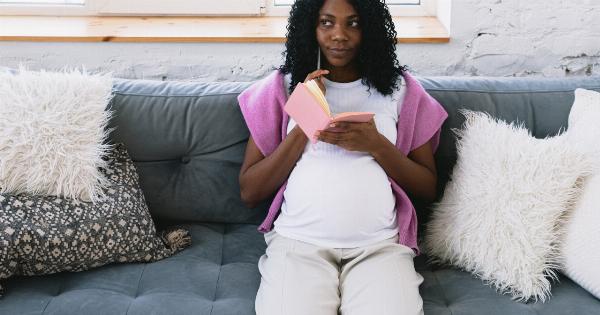Gymnastics is a great way for pregnant women to keep their body fit and healthy. However, it is important to modify your exercise routine to be safe during pregnancy. Certain exercises can be harmful to you and your growing baby.
In this article, we will discuss some safe gymnastics exercises tailor-made for your body during pregnancy.
Benefits of gymnastics during pregnancy
Gymnastics is a low impact exercise that is beneficial for pregnant women. The following are some benefits of practicing gymnastics regularly during pregnancy:.
- Improves circulation
- Helps in maintaining healthy weight
- Reduces constipation
- Strengthens muscles
- Improves flexibility
- Relaxes the mind and reduces stress
- Helps to better blood sugar levels
Tips for doing gymnastics safely during pregnancy
Before starting any exercise during pregnancy, consult your doctor or midwife for advice. Below are some tips for doing gymnastics safely during pregnancy:.
- Avoid overexerting yourself. If you feel too tired or experience pain while exercising, stop doing the exercise right away.
- Stay hydrated. Drink plenty of water before, during, and after your workout.
- Avoid any exercises that require lying on your back for extended periods. Such exercises can cause your uterus to compress a major blood vessel called the vena cava, leading to dizziness and nausea.
- Wear comfortable and breathable clothing that fits you well.
- Use a mat to cushion your joints and prevent injuries during exercise.
Safe gymnastics exercises for pregnant women
Here are some recommended gymnastics exercises for pregnant women:.
1. Squats
Squats serve as a great workout for leg muscles and hip joints. Modified squats help in strengthening the pelvic muscles, which play a vital role during delivery. Here are the steps for performing squats:.
- Stand up straight with your feet slightly wider than hip-width apart.
- Hold your hands in front of your body or place them on your hips.
- Bend your knees and lower your hips while keeping your back straight. Lower till your hips are in line with your knees.
- Straighten your legs to stand up, squeezing your butt as you stand.
- Repeat for 8-12 reps for one set, and then take a short break before doing another set.
2. Pliés
Plié is a ballet move that helps in strengthening your leg muscles, pelvis, and hips. Here are the steps:.
- Stand up straight with your legs about shoulder-width apart.
- Turn your feet out so that your toes point outward.
- Bend your knees while keeping your back straight and your heels on the floor. Keep lowering your hips till your knees are above your ankles.
- Stay in this position for a few seconds, then straighten your legs to stand up.
- Repeat for 8-12 reps for one set, and then take a short break before doing another set.
3. Bridge pose
The bridge pose helps to tone your muscles in your back and pelvic region. Here are the steps:.
- Lie on your back with your knees bent and your feet flat on the floor.
- Put your arms by your side, with your palms facing down.
- Exhale and raise your hips up while pushing down with your feet and arms to form a bridge. Keep your shoulders and neck on the ground while doing this.
- Hold this position for a few seconds, and then slowly lower your hips back down to the ground.
- Repeat for 8-12 reps for one set, and then take a short break before doing another set.
4. Kegels
Kegels are a great exercise for strengthening the pelvic muscles. They help in reducing the risk of hemorrhoids and incontinence, which are common problems during pregnancy. Here are the steps:.
- Sit in a comfortable position or lie down.
- Tighten your pelvic muscles as if you are stopping urine flow. Hold this contraction for about 5-10 seconds.
- Exhale and release the muscles slowly.
- Repeat the contraction and release for 10-15 times for one set.
- Gradually work your way up to 2-3 sets a day.
Conclusion
Practicing safe gymnastics during pregnancy is a great way to keep your body healthy and improve your overall wellbeing. Exercises such as squats, plies, the bridge pose, and kegels are perfect for pregnant women.
However, be sure to practice caution and check with your doctor before beginning any exercise routine.
